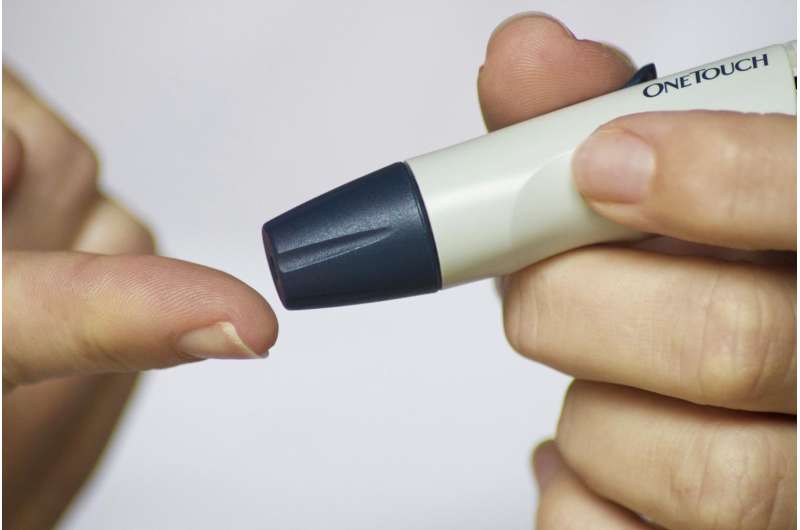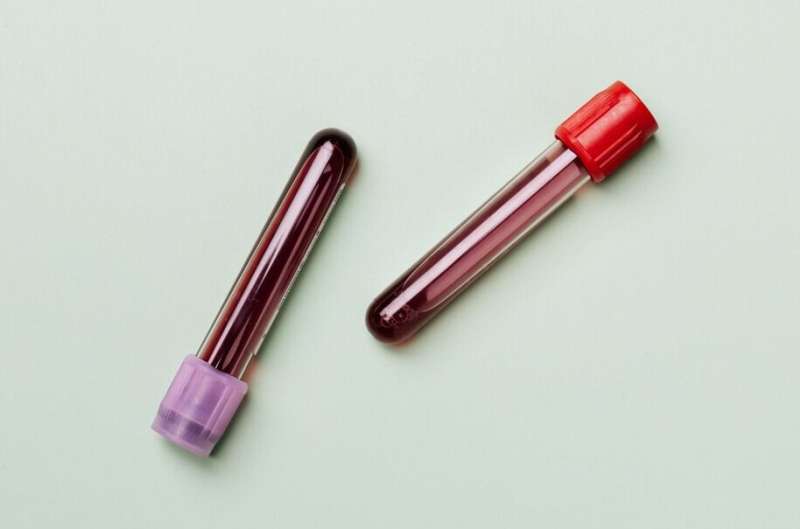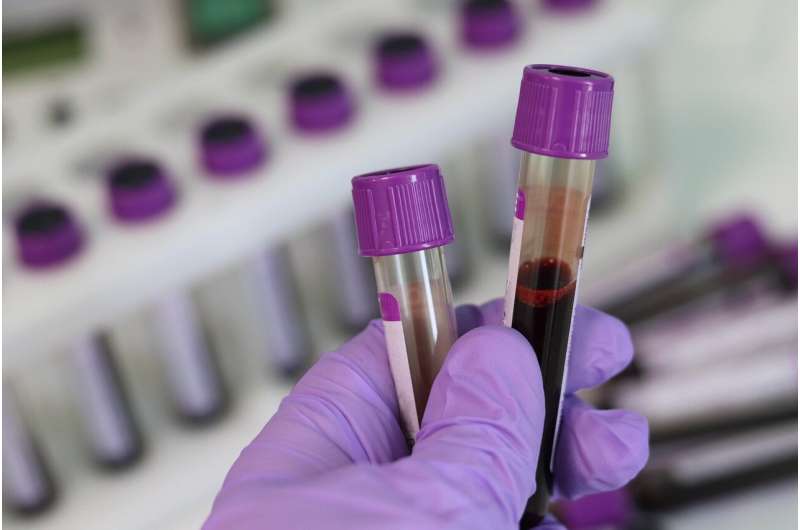The Risks and Benefits of Caffeine Pouches: A Modern Energy Boost

Caffeine pouches are a modern, discreet way to boost energy quickly, but they pose significant health risks, especially for young users and those with underlying conditions. Learn more about their effects and regulation issues.
In recent times, a new trend has emerged on social media highlighting caffeine pouches as a quick and discreet source of energy. These small, pillow-shaped packets contain ground caffeine, flavorings, and sometimes additional herbs or vitamins. Users place a pouch under the lip, allowing caffeine to absorb directly through the gums into the bloodstream, bypassing digestion. This method results in a rapid energy surge, often quicker than traditional coffee or tea.
Caffeine exerts its stimulating effects by blocking adenosine, a brain chemical responsible for inducing sleepiness. Traditionally, caffeine consumption through coffee, tea, or energy drinks has been used to enhance alertness, focus, and physical performance. Caffeine pouches offer an even more convenient, spill-free alternative, popular among gym enthusiasts, shift workers, and students.
The appeal to teenagers is particularly concerning, as the discreet design and flavored options make them attractive to younger consumers. There is a growing concern that use of caffeine pouches could serve as a gateway to nicotine or other stimulants, especially since some individuals combine them with nicotine pouches, significantly increasing stimulant intake.
Depending on the brand, each pouch can deliver anywhere from 25 mg to over 200 mg of caffeine. To put that into perspective, a standard mug of instant coffee contains about 100 mg, and a can of soda around 40 mg. Thus, some pouches deliver a caffeine dose comparable to two cups of coffee in one go. The general safe daily limit for healthy adults is around 400 mg, whereas pregnant women should keep intake below 200 mg daily due to potential risks like low birth weight or pregnancy loss. Children and adolescents are more vulnerable; their lower body weight makes them more sensitive to caffeine’s effects. A pouch with 200 mg of caffeine can easily push a teenager past safe levels, leading to side effects such as jitters, anxiety, insomnia, and heart palpitations. Frequent high doses may also disturb sleep patterns and foster dependence.
Certain groups are at higher risk with caffeine use. People with mental health conditions, such as anxiety or psychosis, can experience worsened symptoms or relapse. Those with heart issues should also exercise caution since caffeine can temporarily raise heart rate and blood pressure, increasing cardiovascular stress. High caffeine consumption among athletes may elevate the risk of heart complications.
Despite their popularity, caffeine pouches are currently in a legal gray zone in the UK. Not classified as food or medicine, they escape regulatory safety checks and labeling requirements. This lack of oversight raises concerns about unregulated caffeine levels and potential undisclosed ingredients, especially as many brands use appealing fruit flavors and bright packaging to attract younger consumers.
In conclusion, while caffeine pouches offer a convenient energy boost, they come with risks that must not be overlooked. Responsible use and greater regulation are necessary to prevent adverse health outcomes, particularly among vulnerable populations like teenagers. Moderation remains key—caffeine is a potent stimulant that requires careful management.
Stay Updated with Mia's Feed
Get the latest health & wellness insights delivered straight to your inbox.
Related Articles
Alarming Rise of Type 2 Diabetes Among Young New Zealanders Sparks Health Concerns
New Zealand faces a health crisis with a rising number of young people developing type 2 diabetes. This early-onset form of the disease is linked to obesity, social inequality, and lifestyle factors, challenging health systems and requiring urgent, coordinated action.
FDA Approves First Blood Test for Alzheimer's Disease in the US
The US has approved the first blood test for Alzheimer's, enabling earlier detection through a simple blood analysis that measures specific proteins linked to the disease, potentially transforming diagnosis and treatment.
Experts Warn That Prostate Screening Practices May Not Benefit Those Most in Need
New research investigates PSA testing practices in England, revealing overtesting and disparities that could lead to unnecessary treatments and increased healthcare costs. Experts call for clearer, evidence-based screening guidelines to enhance patient outcomes.
Link Between Gut Microbiome Imbalance and Chronic Sickle Cell Pain
New research reveals that imbalance in the gut microbiome, particularly involving Akkermansia muciniphila, may drive chronic pain in sickle cell disease. Microbiome-based therapies could offer a promising and affordable treatment option.



